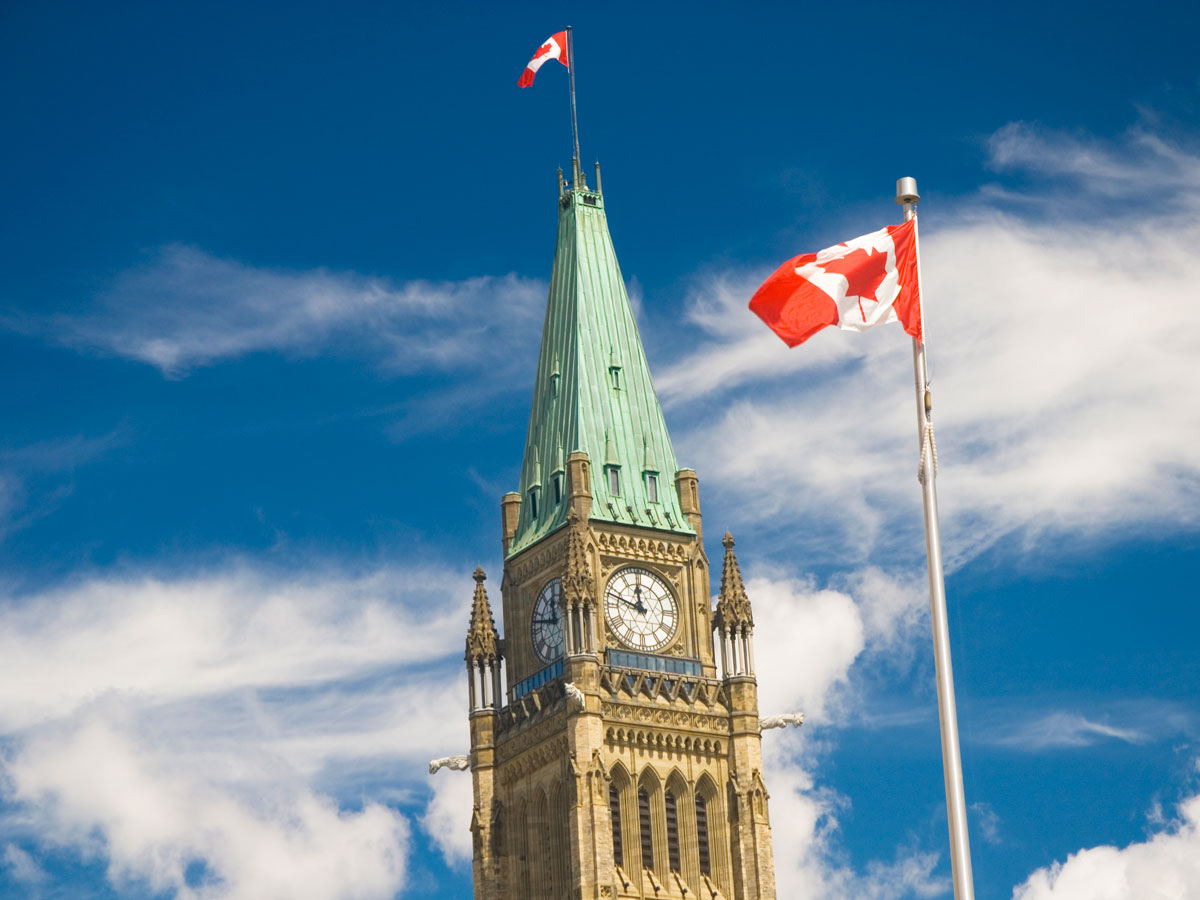
Budget 2024 leaves the feds in an unenviable position
As the clock counts down toward budget day on April 16, the federal government is faced with a slowing economy, which means lower revenues, and high financing costs, which will inflate spending. That means tough choices for any government trying to deliver a fiscally responsible government and appease voters at the same time.
Being mindful of structural deficits
Balancing the federal budget is rare. It has only happened once since 2008, and there seems to be no desire to do so in the near-term. Instead, the government has committed to keep annual deficits under one percent of GDP by 2026-2027. That may very well be scratched this year due to new pharmacare spending, increases in personnel costs and potential increases in military spending.
CPA Canada, though our pre-budget submission, and through my Pivot column, has been advocating for fiscal discipline for some time and the fiscal outcomes of recent years have highlighted the importance for stricter fiscal guardrails. Canada outperformed in 2022 and 2023 on the revenue front due to inflated prices and a resilient economy, but these one-time influxes have fuelled recurrent expenses and growing structural deficits.
The weight of an aging population is only starting to be felt by public finances. The federal government must have its house in order to deal with the coming storm of higher retirement benefits, lower revenue from a relatively smaller workforce and to cover its share of the growing health care bills.
Addressing immigration issues
The Canadian population grew rapidly in 2023 (by more than 1.2 million) thrusting the country’s immigration policy into the spotlight as non-permanent residents (notably foreign workers and international students) were behind a large portion of that growth. Critics – including me – have suggested that relying so heavily on immigration is a simplistic method of economic growth especially at that unsustainable pace.
Such criticisms have echoed in the government, which has already decided to stabilize the immigration target in 2026 to an annual pace of 500,000 and introduce caps on international study and non permanent residents all together.
These are first steps, but they ignore some of the underlying issue at play, including how university budgets rely heavily on international students and how many industries depend on oftentimes cheaper foreign workers.
The 2024 Budget will offer opportunities to fine tune the immigration system to align it further on our labour market needs.
We can’t simply throw more money into housing
The federal government has targeted housing in previous budgets, with a strong focus on building housing and supporting homeowners. In the 2024 budget, I would like Canada to focus on the former, rather than the latter. There is a huge discrepancy between housing demand (new households) and housing supply (new construction). Further “support” of homeowners would fuel demand and be counterproductive.
I expect the government to double down on previous announcements aimed at increasing housing supply, such as the Housing Accelerator fund and the removal of the GST on new rental housing.
On this, I do favour an incentive approach like the GST removal over directly throwing money into the construction industry, which has a history of productivity challenges. Real GDP per construction workers has been stale for 20 years. The number of units being built has barely moved from the peaks in the 1970s and 1980s, but the construction workforce has doubled. And we have also managed to double the time it takes to build a housing unit in the last 30 years.
Before sending an influx of cash to the construction industry, we should first address structural issues in the industry such as labour shortages, zoning restrictions and permit delays.
Funding growth, the never-ending challenge
I have highlighted the productivity challenge before, as has the wider business community. Even after the pandemic shock, productivity and GDP per capita are now only back at 2017 levels. Canada’s productivity gap is widening with high-income countries like the United States.
Although our aging population makes productivity challenges a crucial topic, this issue will likely not take centre stage in this year’s budget. The government is currently reviewing significant components of the productivity, innovation and business support system – notably R&D tax credit as well as the role of the Business Development Bank of Canada and Export Development Canada. During these reviews and the implementation of the Canada Innovation Corporation, I hope we remain sensible to the risk of political overreach. Governments picking winners is never ideal to foster innovation, productivity, and growth.
Getting the federal headcount under control
I am the first to advocate for a strong and stable public sector to deliver high-quality services. However, the growth of the federal government headcount has been getting out of hand. Since 2015, the federal public service has grown two times faster than the health and education sectors, and three times faster than our labour market and overall population.
I had argued previously against the cycles of over hiring and staff cuts, instead favouring a sustainable growth. I fear that at this point, the federal public service might have gotten too large, too fast. The government has mentioned in prior budgets that they wanted to find significant savings across its budget, but it will be hard to do without addressing the growing headcount.
Get the details
Explore CPA Canada’s complete pre-budget 2024 recommendations here.